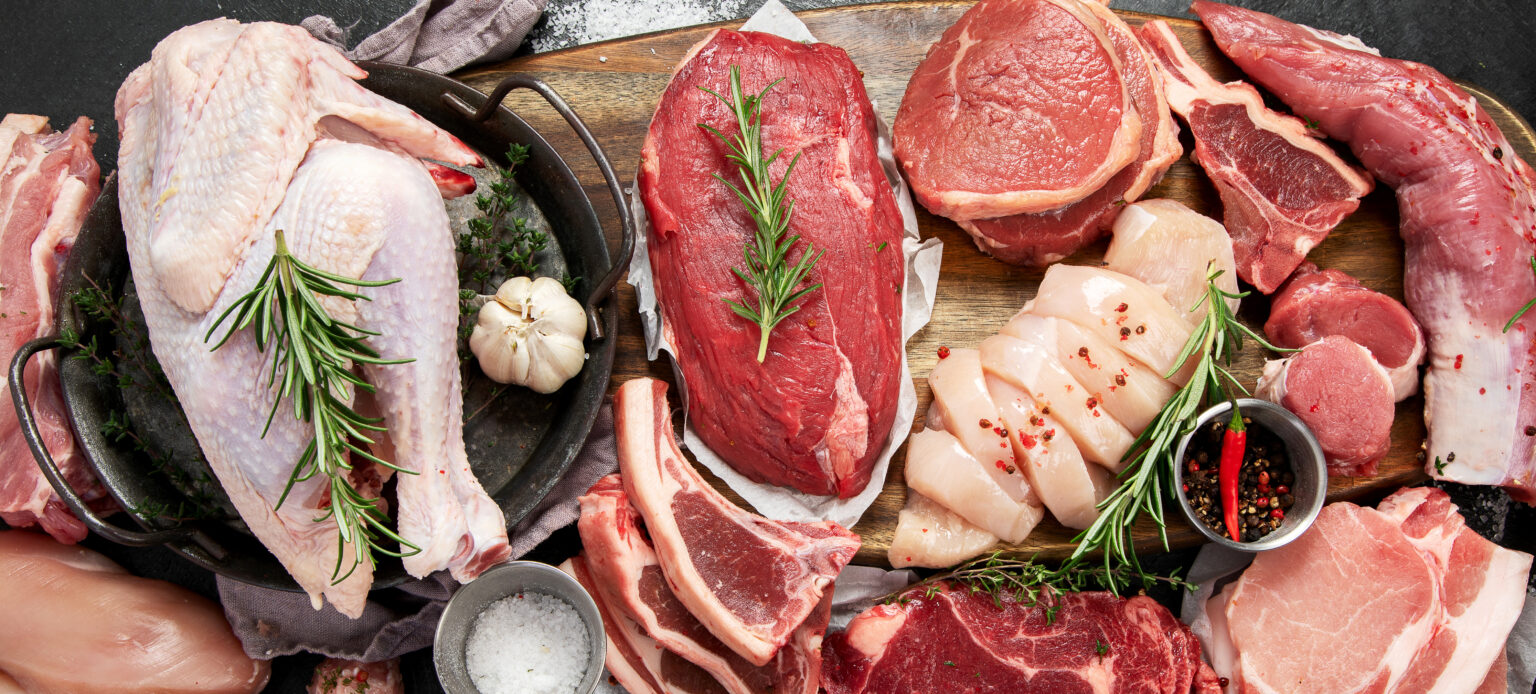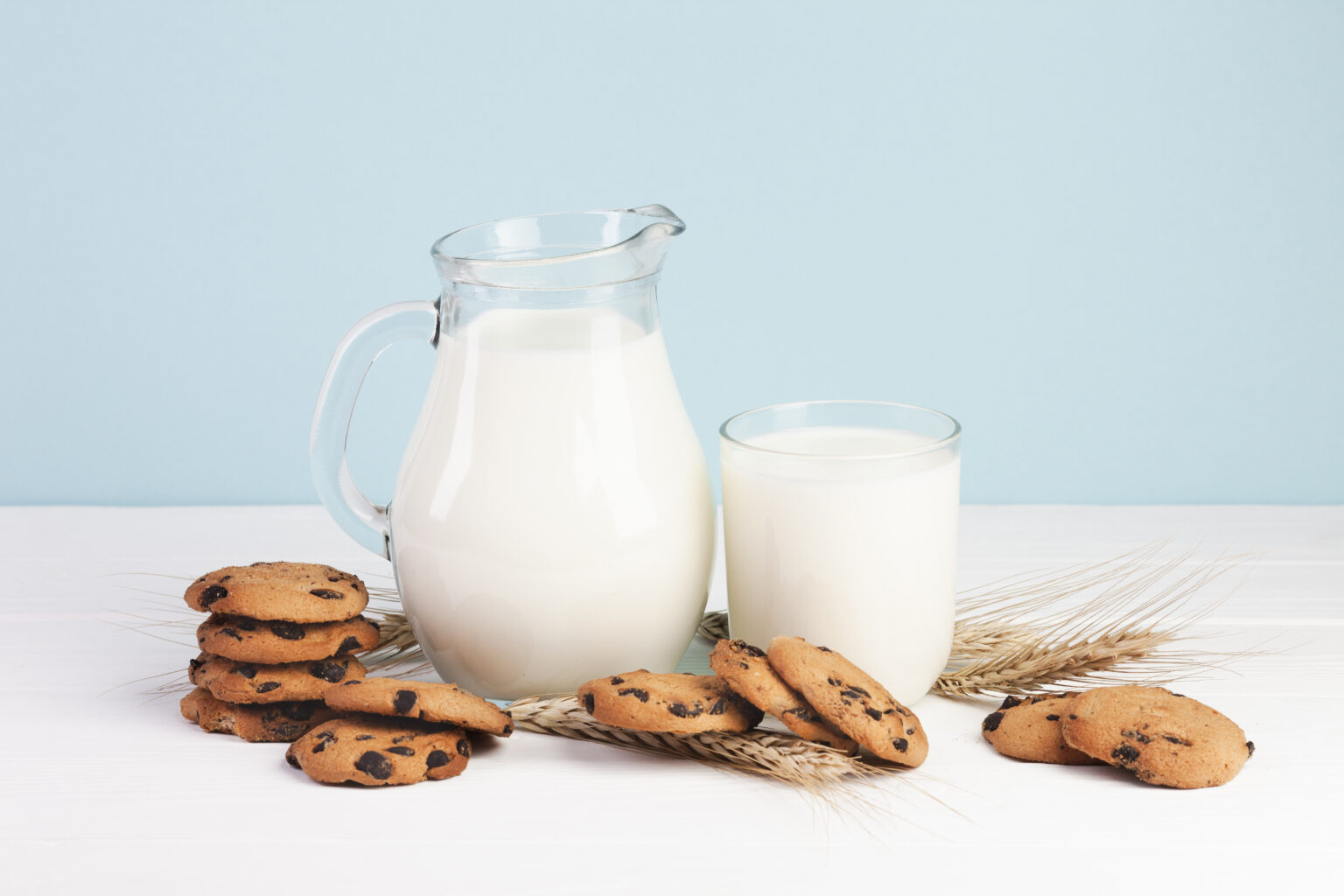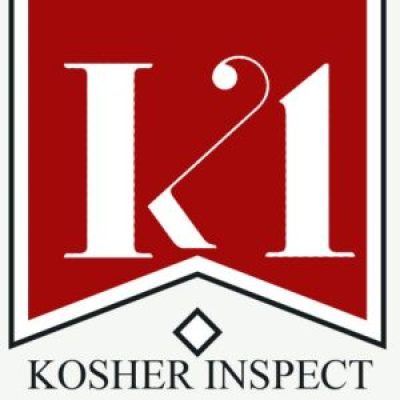The Hebrew word “kosher” (כָּשֵׁר) literally means “fit.” Kosher is the Torah-mandated guide for what and how Jews eat, including only using kosher meat and keeping meat and dairy separate.
Origin And History Of Kosher
The kosher laws were commanded by G‑d to the children of Israel in the Sinai Desert. Moses taught them to the people and wrote the basics of these laws in Leviticus 11 and Deuteronomy 14. The details were handed down through the generations and eventually written down in the Mishnah and Talmud. Various ordinances were enacted through the generations by the rabbinical authorities as safeguards for these biblical laws.
Throughout our 4,000-year history, the observance of kosher has been a hallmark of Jewish identity. Perhaps more than any other mitzvah, the kosher laws emphasize that Judaism is much more than a religion in the conventional sense of the word. To the Jew, holiness is not confined to holy places and times outside the everyday; rather, life in its totality is a sacred endeavor. Even the seemingly mundane activity of eating is a G‑dly act and a uniquely Jewish experience.

Basics Of Kosher
- Certain species of animals (and their eggs and milk) are permitted for consumption, while others are forbidden—notably pork and shellfish.
- Meat and milk are never combined. Separate utensils are used for each, and a waiting period is observed between eating them.
- Meat must come from animals that are slaughtered in a specific (and painless) manner known as shechitah, and certain parts of the animal (including the blood) must be removed.
- Fruits, vegetables and grains are basically always kosher (see below), but must be insect free. Wine or grape juice, however, must be certified kosher.
- Since even a small trace of a non-kosher substance can render a food not kosher, all processed foods and eating establishments require certification by a reliable rabbi or kashrut supervision agency.
Which Animals Are Kosher ?
Mammals: A mammal is kosher if it has split hooves and chews its cud. It must have both kosher signs. Examples: cows, sheep, goats and deer are kosher; pigs, rabbits, squirrels, bears, dogs, cats, camels and horses are not.
Fowl: The Torah lists 24 non-kosher bird species—mostly predatory and scavenger birds. Examples of kosher birds are the domestic species of chickens, ducks, geese, turkeys and pigeons.
Reptiles, amphibians, worms and insects :With the exception of four types of locust, these are not kosher.
Fish & Seafood: A water creature is kosher only if it has fins and scales. Examples: salmon, tuna, pike, flounder, carp and herring are kosher; catfish, sturgeon, swordfish, lobster, shellfish, crabs and all water mammals are not.

The Slaughter And Butchering Of kosher Meat
Kosher mammals and birds are slaughtered by a special procedure called shechitah, in which the animal’s throat is quickly, precisely and painlessly cut with a sharp, perfectly smooth knife (called a chalaf) by a shochet—a highly trained, Torah-observant and G‑d-fearing individual.
An animal that dies or is killed by any other means is not kosher. It is also strictly forbidden to eat flesh removed from an animal while it is alive (this prohibition is actually one of the Seven Universal Noahide Laws, and is the only kosher law that applies to non-Jews as well as to Jews).
After the slaughtering, the internal organs of cattle are examined for potentially fatal diseases or injuries, such as adhesions (sirchot) in the lungs or holes in the stomach. The occurrence of any one of dozens of specified tereifot, as these defects are called, renders the entire animal not kosher.
Nikur (“deveining”) involves removing certain forbidden veins and fats from cattle. They are extremely prevalent in the hindquarters, and due to the complexity involved in their removal, this part of the animal is generally not sold as kosher.
Blood Removal
The blood of mammals and fowl is utterly forbidden for consumption according to the Torah. Within 72 hours of slaughter, all extractable blood is drained from the meat by a special soaking and salting process. (Today, most kosher meat is sold with the blood already removed.)
The liver, which has an especially high blood content, needs to undergo a special broiling process before it can be eaten.

Milk, Eggs and Honey
A rule of thumb cited by the Talmud is: What comes from a kosher animal is kosher; what comes from a non-kosher animal is not kosher.
Thus, milk and eggs are kosher only when they come from kosher animals.
In addition, all eggs should be carefully examined before use to ensure that they are free of blood spots.
Honey is not considered an animal product, so honey is kosher though bees are not.

Food Production
Fruits, vegetables and grains are basically always kosher, but they must be insect-free.
Produce grown in the Land of Israel has special kashrut requirements. Tithes must be separated from produce before it can be eaten, and special care must be taken since fruit from the first three years following a tree’s planting (orlah) is unfit for consumption, and special laws govern the produce of shemittah, the sabbatical year.
Therefore, produce from Israel should be purchased only if it comes with a reliable kosher certificate. Other produce is fine, with some needing bug checking. This can vary by locale and by season, depending on the level of infestation of various crops.
Chalav Yisrael (Jewish Milk)
The kosher laws stipulate that all dairy products should be chalav Yisrael (lit., “Jewish milk”): a Torah-observant Jew must be present from the milking to the end of the processing to ensure that only milk from kosher animals is used.
In certain western countries (including the US) it is illegal to market milk from non-kosher animals as “milk.” Some halachic authorities therefore permit using non-chalav Yisrael milk in places where chalav Yisrael is not obtainable, and to rely on government inspection as sufficient assurance.in addition to the technical reasons for the law, there are spiritual reasons

Separate Dishes
Even a small trace of a non-kosher substance—as little as 1/60th (1.66 percent) of the food’s volume, and in certain cases, even less than that—will render an otherwise kosher food not kosher. By the same token, utensils that come in contact with hot food will absorb its “taste” and subsequently impart it to other food.
It is for this reason that separate utensils are used for meat and milk, and that a reliable kosher certification is needed for foods processed or prepared outside the home.

Kosher Certification
The intricacies of modern-day food technology make it virtually impossible for anyone but an expert in the field to know whether a processed food is free of any trace of non-kosher ingredients. So all processed foods and eating establishments require certification by a reliable rabbi or kashrut supervision agency.
Check the labels of packaged foods and the kashrut certificates of restaurants and hotels for a copyrighted kashrut symbol.


